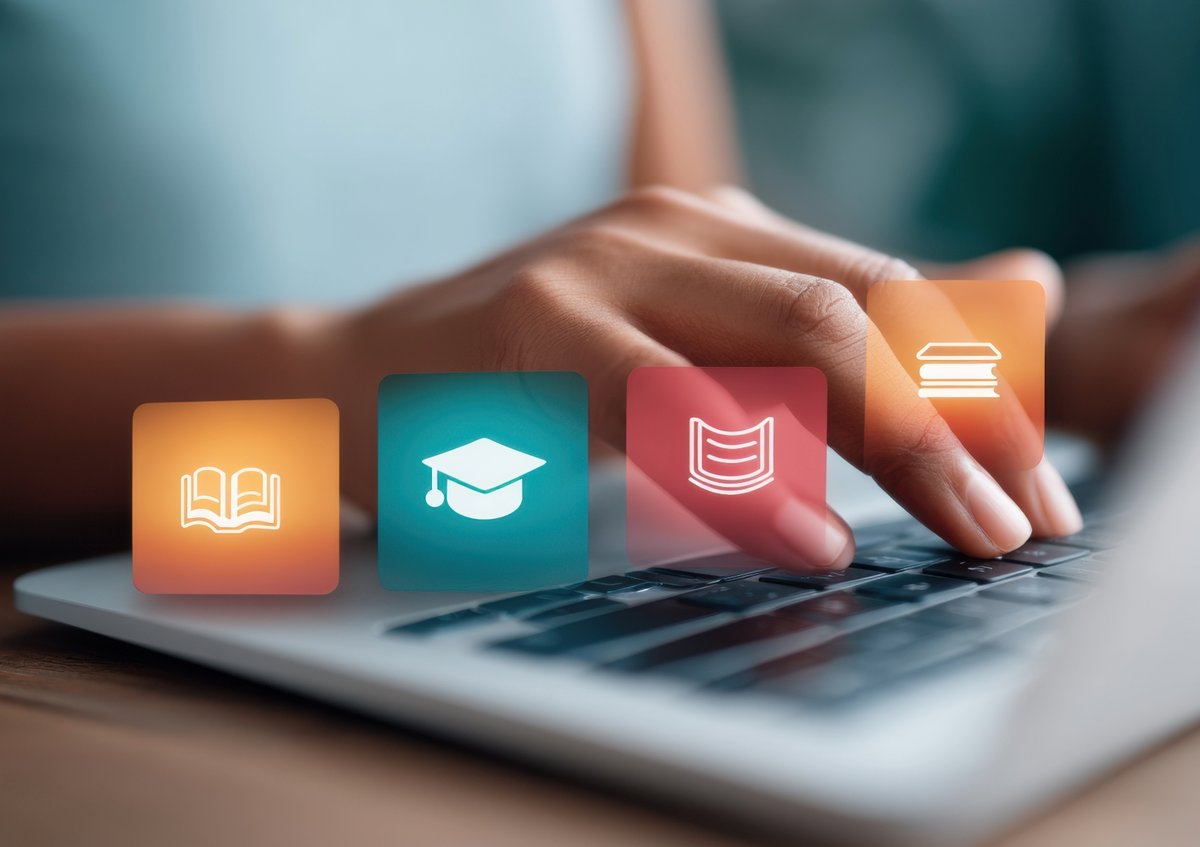Effective performance requires sustainable training. But how do you ensure your training keeps up with the pace of change and is future-proof?
Future-proofing learning digitally
Digital learning offers a way of enhancing training by making it more agile, responsive, and proactive. This includes quick and easy updating or adding new content to cover changes to regulations, processes, and best practices. It means ensuring those working remotely receive full training support, so they’re not left behind. Learning assets can be placed in a repository of digital resources that are always accessible no matter where you need them. Online synchronous learning sustains hybrid working and collaboration at a distance. Simulations and scenario-based learning improve the relevance of training. Digital learning enhances the retention of knowledge with personalized learning paths, spaced practice, and regular assessments.
Whatever the training challenge digital learning can give you the tools and the flexibility to respond. But you need to consider how best to use it and re-orient your L&D to take full advantage of its benefits.
9 tips to futureproofing learning
- Drive learning: The drive to future-proof training begins with buy-in at the top of the organization. It then requires L&D to implement strategies that promote a culture of learning. That culture involves enabling employees to take more responsibility for their own learning and development needs.
- Put learners first: Adopt a learner-centric approach to training. Putting the consideration of learners first makes training more relevant to individual learning needs and gives it greater impact. Promoting learner responsibility helps you detect skills gaps and training shortfalls and enables you to respond before they become critical.
- Attract and retain talent: Studies show that people are more likely to stay with or join an organization that prioritizes the learning and development needs of its workforce. Developing talent within a vibrant learning culture improves morale and makes the organization a better place to work. That creates a virtuous circle where talent is nurtured and attracts more talent. With a dynamic learning culture, you’re better prepared for change.
- Deliver continuous learning: That virtuous circle can only be sustained if there are the resources and strategies to support it. Digitizing your learning assets means they can be quickly shared and widely distributed. Learning management systems offer access to learning wherever and whenever it’s needed, delivered to personal devices. Investing in microlearning makes learning accessible in the workflow. This micro-content can be quickly updated and added to.
- Promote development: Offer your employees regular opportunities to up and re-skill. Reward attainment with digital badges and certificates. Learning goals can be mapped to internal CPD schemes or industry-wide standards. Such programs not only allow you to develop talent but also direct it to where it’s needed while offering individuals the chance to expand and diversify their skills base.
- Review and evaluate: L&D’s responsibility doesn’t end with the creation and delivery of content. Learning needs to be continuously evaluated. At its most basic this means getting feedback from learners about their learning experience. LMSs and other digital learning platforms gather data on training usage and learner performance. Learning analytics gives you the hard data to perform regular, evidence-based assessments on what’s working and what’s not. It helps you identify key skills gaps and track compliance.
- Go mobile: Continuous learning is always on. Mobile connectivity can deliver learning to devices wherever you are. Mobile learning supports employees in the field or working from home. It allows learners to learn at their own pace and time.
- Encourage collaboration: We learn by observing and working with others. Providing collaborative open digital spaces encourages learners to share ideas and new information. Collaboration helps you release the knowledge stored in the heads of experienced employees. Digitization allows people to share their experiences by creating their own learning content. New user-generated content can be recorded in video or audio format, easily uploaded to a learning platform, and made instantly accessible across the organization.
- Be aware of what’s out there: Accept that Google, YouTube, and other online channels offer access to good, up-to-date content. Look and learn from what features and strategies work for them. Recognize that your learners can and will learn from these vast resources but direct them to the right ones. Similarly use widely available work management and information-sharing apps to boost efficiency and adapt their use to suit your organization.
We’d love to predict the future, but all we can do is place ourselves in the best place from which to respond to the challenges and changes that lie ahead. Intelligent use of digital learning as the cornerstone of a learning culture gives training the resources and the agility to adopt and adapt. It gives learners the resilience to keep learning.


